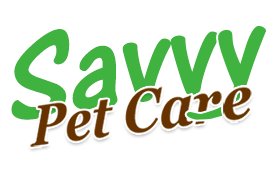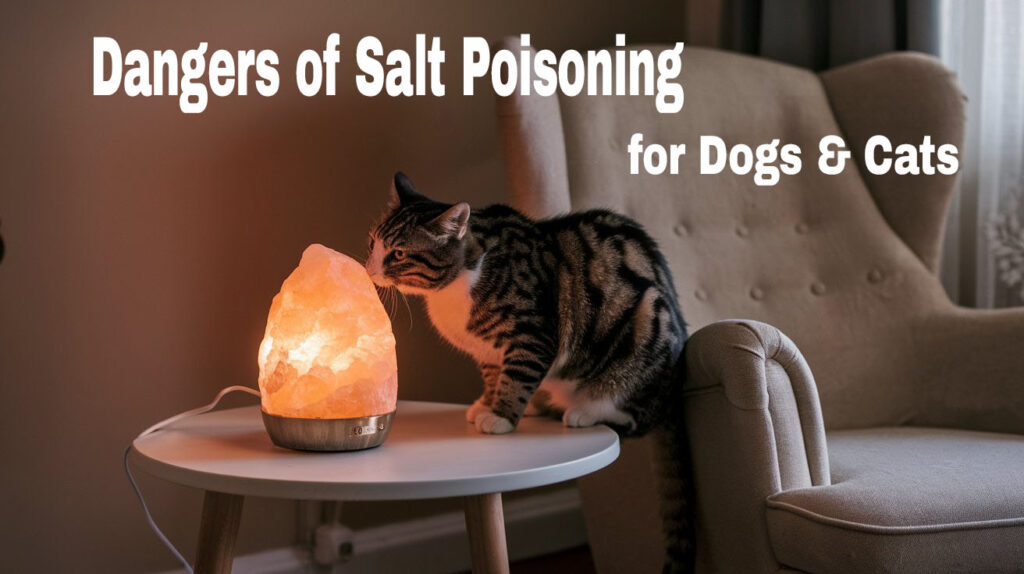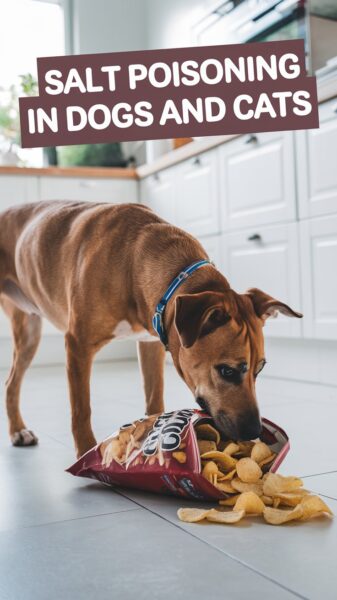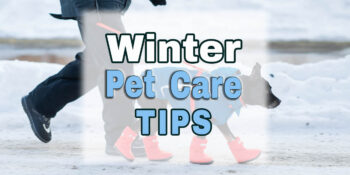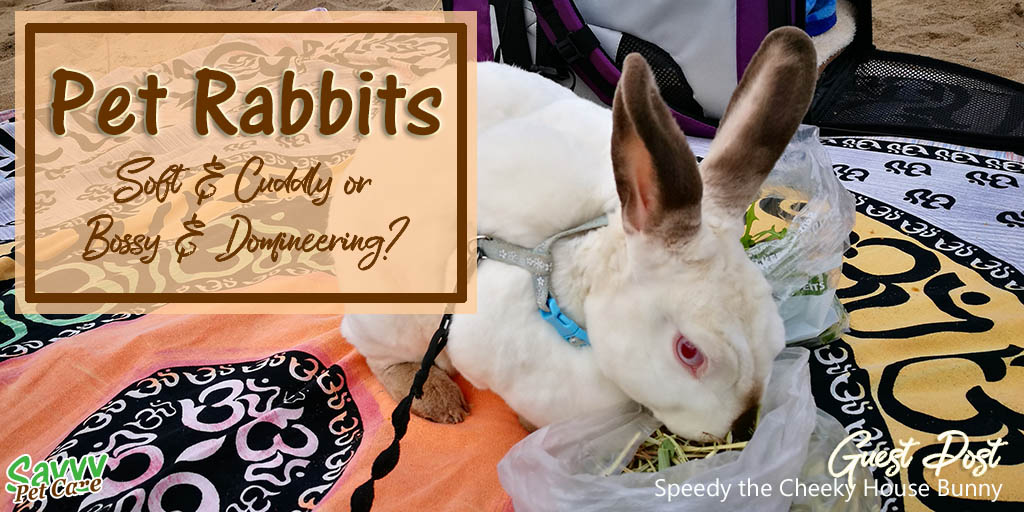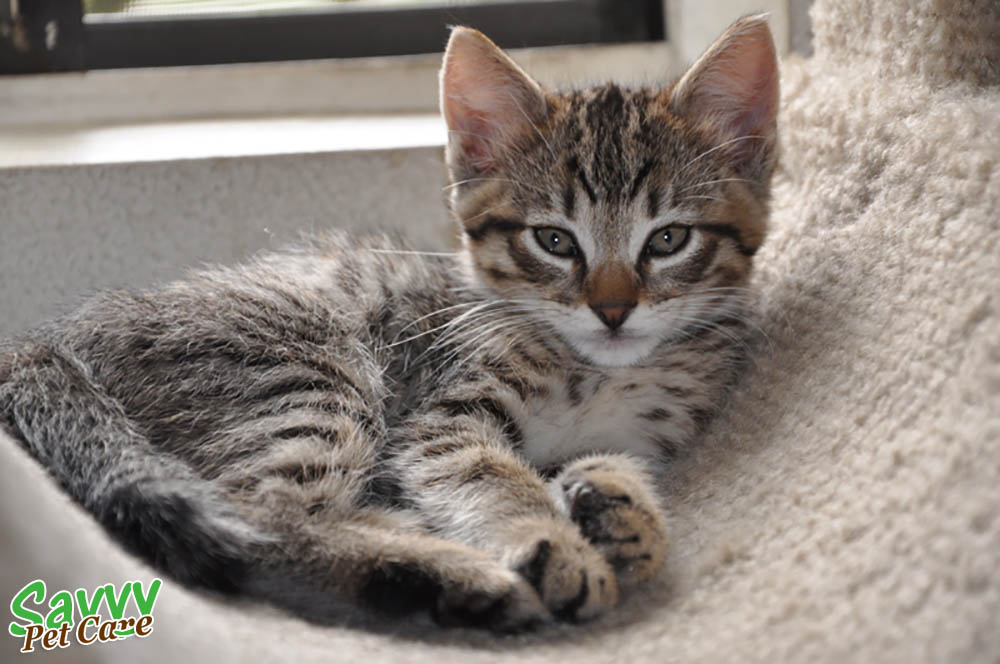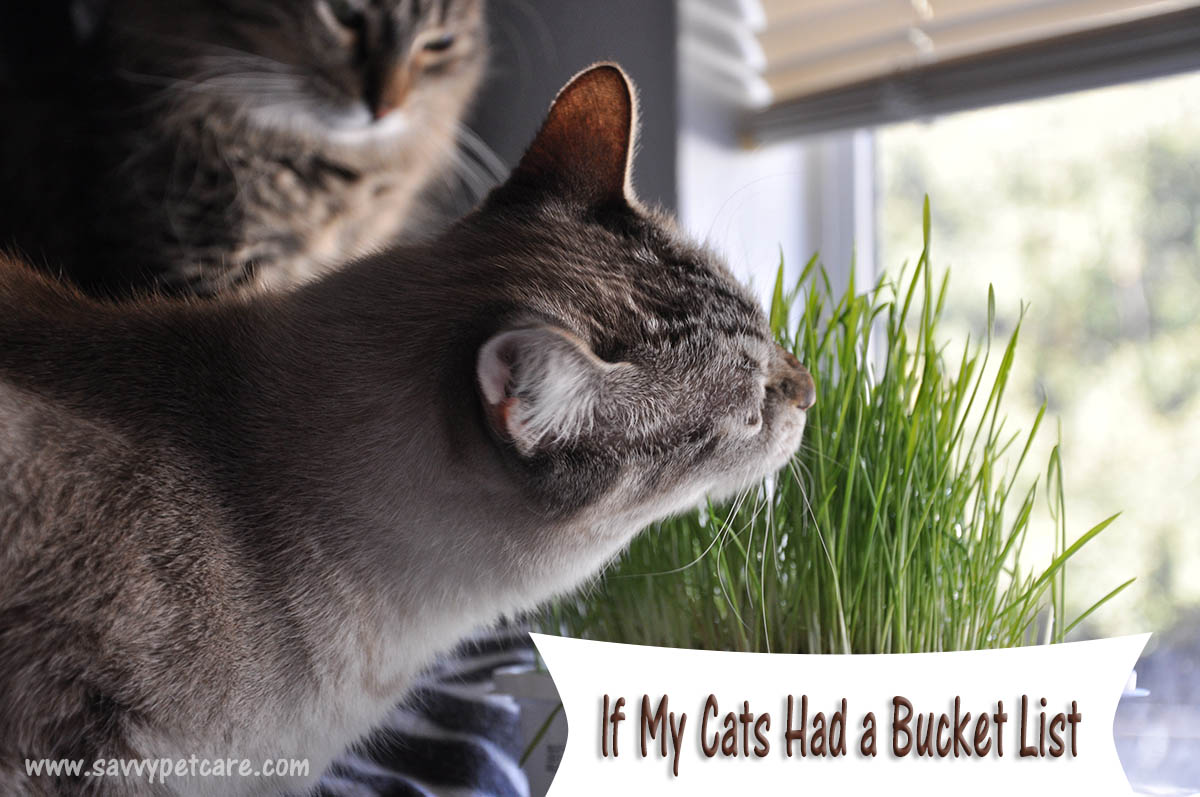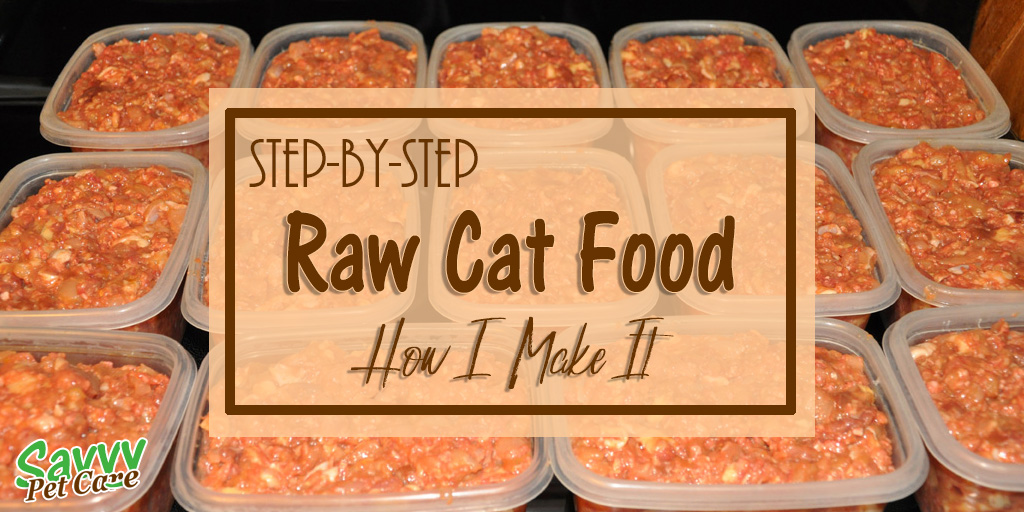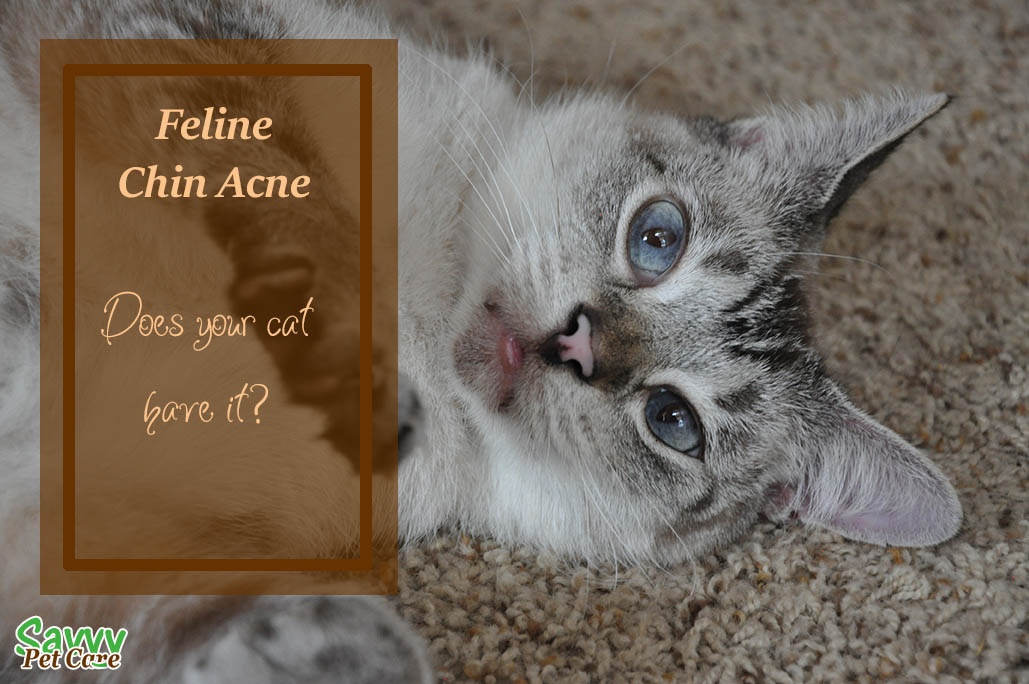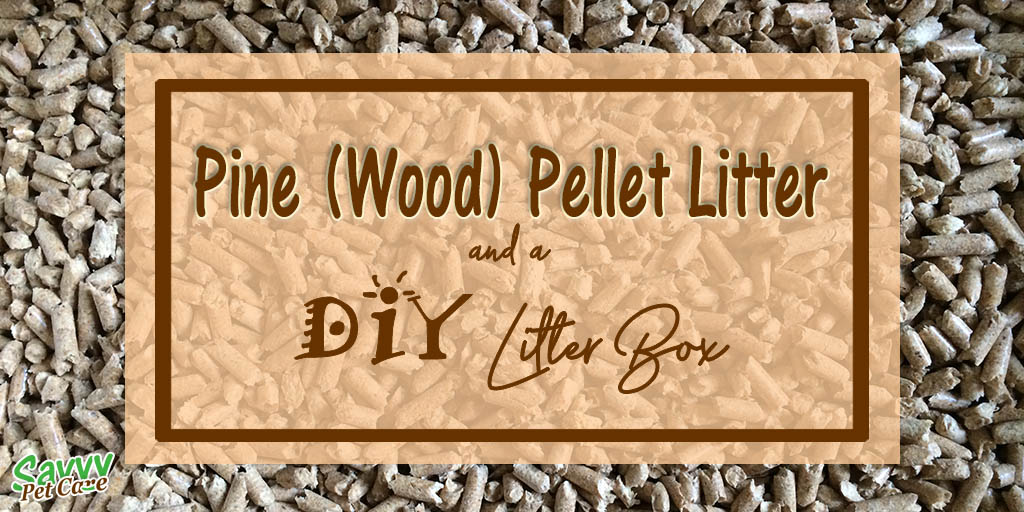What Every Pet Parent Needs to Know
Salt is a common part of our daily lives, found in everything from food to household items and even decorative objects. While it’s harmless and even essential in small amounts, excessive salt consumption can be dangerous for our furry friends. Salt poisoning, or hypernatremia, in dogs and cats occurs when they ingest large quantities of sodium, disrupting the delicate balance of fluids and electrolytes in their bodies.
This condition can have severe consequences, ranging from mild discomfort to life-threatening complications. Unfortunately, many pet owners are unaware of the hidden sources of salt that can pose a risk, such as seemingly harmless items like salty snacks, de-icing salts, or even trendy Himalayan salt lamps.
In this article, we’ll explore the causes, symptoms, and treatments of salt poisoning in dogs and cats. We’ll also share practical tips to prevent it, helping you ensure your beloved pets stay safe and healthy. By understanding the risks, you can act quickly if an emergency arises and take steps to keep your home a hazard-free zone for your four-legged family members
Common Causes of Salt Poisoning in Dogs and Cats
Salt poisoning can occur in both dogs and cats when they consume excessive amounts of sodium, often from everyday items or situations. Understanding these common causes can help pet owners prevent accidental ingestion:
1. Table Salt or Rock Salt
Pets may accidentally ingest salt spilled during cooking or from salt containers left within reach. Rock salt, often used for de-icing driveways and sidewalks, poses an additional risk, especially for dogs that lick their paws after walking on treated surfaces.
2. Salty Snacks
Human snacks such as chips, pretzels, and salted nuts are high in sodium and tempting to pets. Even small amounts of these treats can upset a pet’s electrolyte balance, especially for smaller animals.
3. Homemade Playdough or Salt Dough Crafts
Playdough and salt dough ornaments contain significant amounts of salt and are often attractive to pets due to their texture and smell. Ingesting even a small amount can be toxic.
This is actually what got me interested in this topic. I wasn’t aware of the dangers of salt poisoning in dogs and cats until I saw a reference to it while I researching another post: Pawsitively Homemade: Pet Treats and Fun DIY Projects.
4. Seawater
During beach outings, pets may accidentally drink seawater while playing or swimming. The high salt content in seawater can quickly lead to symptoms of salt poisoning, especially if they drink a large amount.
5. De-icing Salts
De-icing salts used in winter are a hidden hazard for pets. Dogs, in particular, may ingest these salts by licking their paws after walking on treated sidewalks or driveways.
6. Salt Lamps and Decorative Salt Products
Salt lamps, made from blocks of Himalayan salt, are popular for their aesthetic and purported health benefits. However, they can be a hidden hazard for pets:
- Attraction to Salt: Pets, especially cats, might be drawn to the salty taste of the lamp and lick it repeatedly.
- Potential for Overconsumption: Prolonged licking can lead to dangerous levels of sodium ingestion, causing salt poisoning.
7. Processed Foods and Leftovers
Many processed human foods, such as canned soups, deli meats, and leftovers, contain high levels of sodium. Sharing these foods with pets, even in small amounts, can lead to salt poisoning.
By identifying and addressing these risks, pet owners can significantly reduce the likelihood of salt poisoning. Always store salt-containing products out of reach and monitor pets closely in environments where salt is present.
Symptoms of Salt Poisoning in Dogs and Cats
Salt poisoning, or hypernatremia, can present a range of symptoms, depending on the amount of salt ingested and the size of the pet. Symptoms may appear within a few hours or develop over time, and they often worsen if not treated promptly.
1. Vomiting and Diarrhea
- The most common early signs of salt poisoning, as the body attempts to expel the excess sodium.
- Vomiting may be persistent, and diarrhea can lead to further dehydration.
2. Excessive Thirst and Urination
- Pets may drink a lot of water in an attempt to dilute the sodium in their bloodstream.
- Increased thirst is often accompanied by frequent urination.
3. Lethargy and Disorientation
- As sodium levels rise, pets may appear weak, drowsy, or unsteady on their feet.
- They might have trouble walking, stumble, or show signs of confusion.
4. Tremors and Muscle Spasms
- High sodium levels can affect the nervous system, leading to twitching, tremors, or muscle spasms.
- These symptoms may progress to full-blown seizures if not addressed.
5. Swelling and Fluid Retention
- Excess salt can cause the body to retain water, leading to visible swelling in the face, paws, or abdomen.
6. Loss of Appetite
- Pets may refuse food due to nausea and overall discomfort.
7. Severe Neurological Symptoms
- In advanced cases, symptoms like seizures, loss of consciousness, or coma may occur.
- These are critical signs that require immediate veterinary intervention.
Why Symptoms Can Be Deceptive
Symptoms of salt poisoning can sometimes resemble other conditions like dehydration, heat stroke, or poisoning from other substances. This makes it essential to provide your veterinarian with details about your pet’s behavior and any potential exposure to salt.
When to Seek Help
If you notice any of these symptoms, especially in combination, contact your veterinarian immediately. Early intervention can prevent complications such as permanent organ damage or death. Avoid Home Remedies: Do not induce vomiting unless instructed by a veterinarian.
By understanding these symptoms, pet owners can act quickly to ensure their furry companions get the care they need. Let me know if you’d like to include more specific examples or case studies!
Treatment for Salt Poisoning in Dogs and Cats
Veterinarians may provide:
- Intravenous (IV) fluids to rehydrate and correct sodium imbalances.
- Medications to manage seizures or other symptoms.
- Monitoring for potential complications, such as organ damage.
Preventing Salt Poisoning
Preventing salt poisoning is far easier and safer than treating it. Being proactive and aware of potential hazards can protect your pets from unnecessary harm. Here’s how to keep your furry friends safe from excessive sodium intake:
1. Secure Salty Foods
- Store Food Safely: Keep salty snacks like chips, pretzels, and salted nuts in sealed containers and out of reach of pets.
- Avoid Table Scraps: Many human foods, such as cured meats, canned soups, and processed snacks, contain high levels of sodium. Sharing even a small amount can harm pets, especially smaller ones.
2. Be Cautious with Salt Lamps and Decorative Items
- Place Lamps Out of Reach: Salt lamps should be kept on high shelves or in areas inaccessible to pets, particularly cats, who are skilled climbers.
- Monitor Behavior: If your pet shows interest in the lamp, relocate it immediately.
3. Supervise Outdoor Activities
- Avoid Saltwater Ingestion: During beach trips, supervise your pet closely to prevent them from drinking seawater. Bring fresh water and a pet-safe travel bowl to keep them hydrated.
- Clean Paws After Winter Walks: Rock salt used for de-icing sidewalks can stick to your pet’s paws. Wipe their paws with a damp cloth or pet-safe wipes after walks to prevent licking.
4. Handle Household Items with Care
- Store Playdough Safely: Homemade playdough and salt dough ornaments should be kept out of reach during and after use. Dispose of scraps immediately after crafting.
- Secure Chemicals: Keep de-icing salts and other sodium-based products in sealed containers away from pets.
5. Be Mindful of Pet Diets
- Check Labels: Commercial pet treats and foods sometimes contain added sodium. Choose low-sodium options when possible.
- Avoid Over-Treating: Even pet-safe snacks should be given in moderation to avoid overloading their system.
6. Educate Your Household
- Inform Family Members: Ensure everyone in the household knows the risks of salty foods and products for pets.
- Pet-Proof Your Home: Encourage everyone to clean up spills promptly and store potentially harmful items securely.
7. Be Prepared for Emergencies
- Keep Vet Contact Info Handy: Save your veterinarian’s number and the nearest emergency clinic’s contact information.
- Know the Symptoms: Familiarize yourself with the signs of salt poisoning so you can act quickly if necessary.
Why Prevention Matters
Prevention isn’t just about avoiding vet bills—it’s about ensuring your pets live happy, healthy lives without unnecessary risks. A little vigilance can go a long way in keeping your furry companions safe.
By following these practical tips, you can minimize the risks of salt poisoning and create a safer environment for your pets. Let me know if there’s anything else you’d like to expand or refine!
Conclusion
Salt poisoning is a preventable yet potentially life-threatening condition. By understanding the risks—especially hidden dangers like salt lamps—you can keep your pets safe. If you suspect salt poisoning, act quickly and consult your veterinarian immediately.




